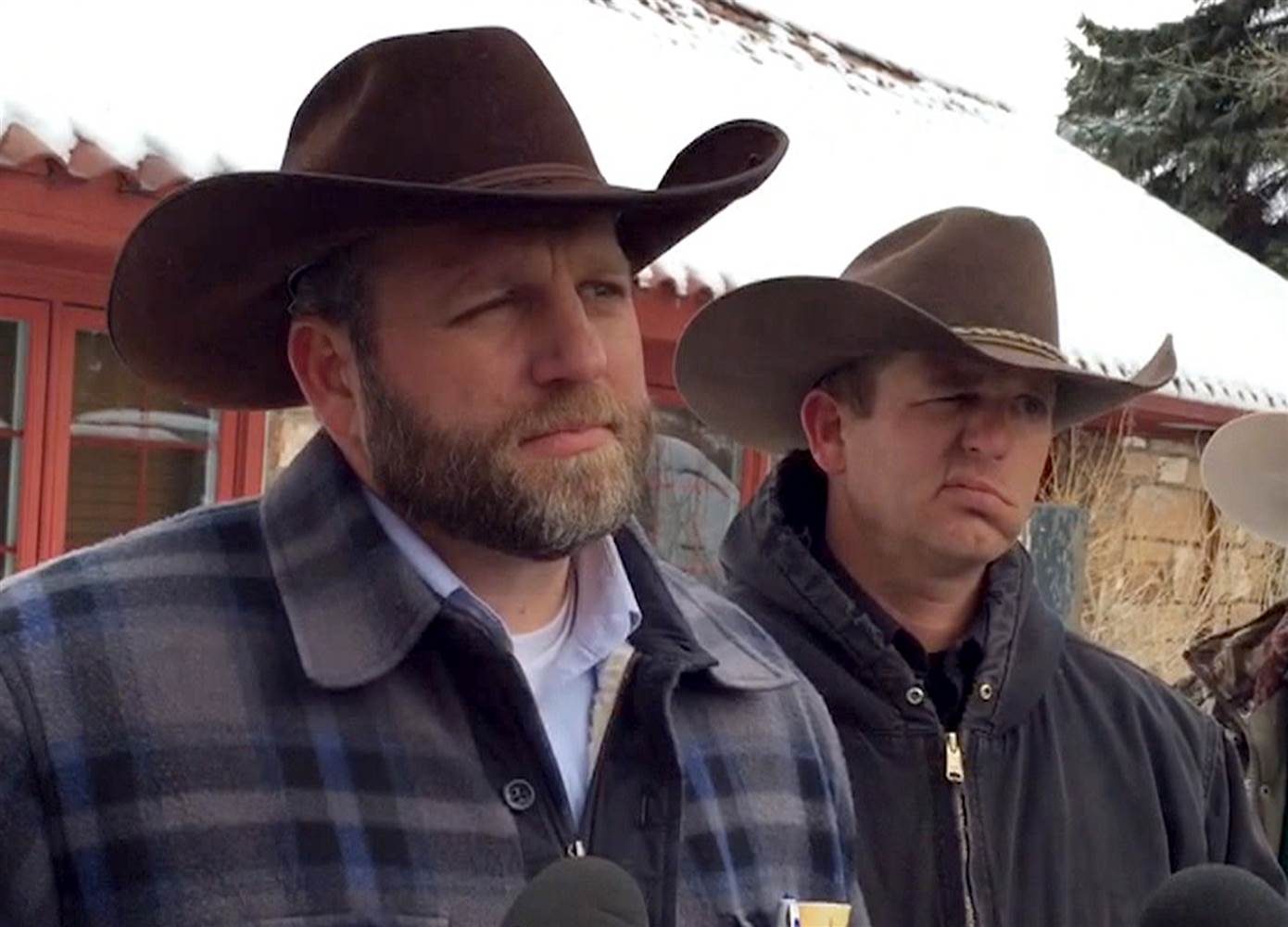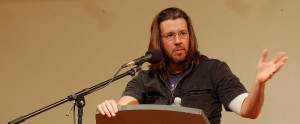To many Americans, the sons of Bundy and their militia mates evoke one question: why? Why would a group of well-fed, so-called patriots think their own government, for whatever flaws it possesses, is the devil? It seems madness, alien to any rational interpretation. That could be because the terroristic behavior isn’t driven by facts but by faith, and one given to particularly violent tendencies. You don’t need religion to do something rash and scary, of course, but it can be a very potent ingredient in a toxic mix.
There has always been faith-fuelled madness in the country, as best demonstrated in Gilbert Seldes’ book The Stammering Century, and Jon Krakauer believes the Oregon occupation is powered by the same spiritual madness that abetted the murders committed by Dan and Ron Lafferty, which he investigated in Under the Banner of Heaven.
In a Medium article, the author excerpts two pieces of his 2004 book particularly pertinent to current events. An excerpt:
After Dan Lafferty read The Peace Maker in the early 1980s and resolved to start living the principle of plural marriage, he announced to his wife, Matilda, that he intended to wed her oldest daughter — his stepdaughter. At the last minute, however, he abandoned that plan and instead married a Romanian immigrant named Ann Randak, who took care of the horses on one of Robert Redford’s ranches up Spanish Fork Canyon, in the mountains east of the Dream Mine. Ann and Dan met when he borrowed a horse from her to ride in a local parade. She wasn’t LDS, says Dan, “but she was open to new experiences. Becoming my plural wife was her idea.” Ann, he adds, “was a lovely girl. I called her my gypsy bride.”
Living according to the strictures laid down in The Peace Maker felt good to Dan — it felt right, as though this really were the way God intended men and women to live. Inspired, Dan sought out other texts published by a well-known fundamentalist and Dream Mine backer, Ogden Kraut, about Mormonism as it was practiced in the early years of the church.
It didn’t take him long to discover that polygamy wasn’t the only divine principle the modern LDS Church had abandoned in its eagerness to be accepted by American society. Dan learned that in the 19th century, both Joseph Smith and Brigham Young had preached about the righteousness of a sacred doctrine known as “blood atonement:” Certain grievous acts committed against Mormons, as Brigham explained it, could only be rectified if the “sinners have their blood spilt upon the ground.” And Dan learned that Joseph had taught that the laws of God take precedence over the laws of men.
Legal theory was a subject of particular interest to Dan. His curiosity had first been aroused when he was training to be a chiropractor in California, following a run-in he had with state and county authorities. At the time, he supported his family primarily by running a small sandwich business out of their home. Dan, Matilda, and the oldest kids would get out of bed before dawn every morning in order to make and wrap stacks of “all natural” vegetarian sandwiches, which Dan would then sell to other chiropractic students during the lunch hour.
“It was a very profitable little hustle,” Dan says proudly. “Or it was until the Board of Health closed me down for not following regulations. They claimed I needed a license, and that I wasn’t paying the required taxes.” Just before he was put out of business, Matilda had given birth to a baby boy. Money was tight. Losing their main source of income was problematic. It also proved to be a pivotal event in Dan’s passage to fundamentalism.
“After they shut me down,” Dan recalls, “I didn’t know quite what to do. It didn’t seem right to me, that the government would penalize me just for being ambitious and trying to support my family — that they would actually force me to go on welfare instead of simply letting me run my little business. It seemed so stupid — the worst kind of government intrusion. In The Book of Mormon, Moroni talks about how all of us have an obligation to make sure we have a good and just government, and when I read that, it really got me going. It made me realize that I needed to start getting involved in political issues. And I saw that when it comes right down to it, you can’t really separate political issues from religious issues. They’re all tied up together.”•


